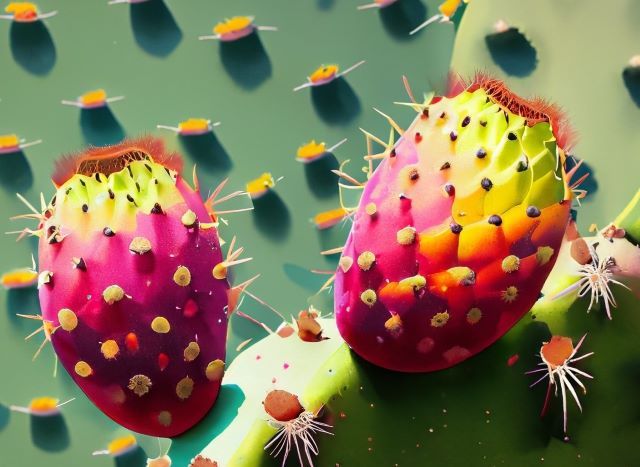Prickly Pear: Beauty, Health, and Taste Hidden Behind Thorns
Discover the fascinating world of the prickly pear cactus, a versatile plant with a rich history, captivating flavors, and powerful health benefits. Unveil its hidden treasures and enduring legacy in this captivating article.





